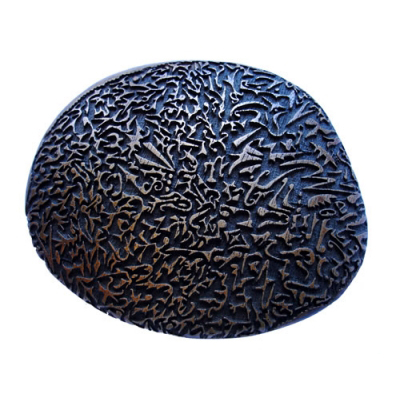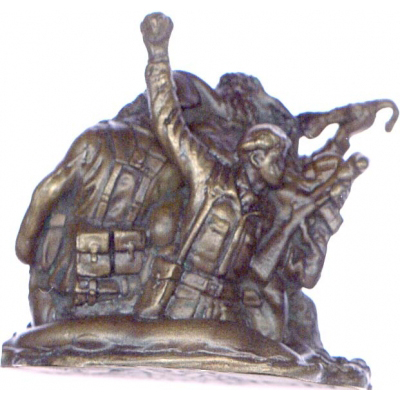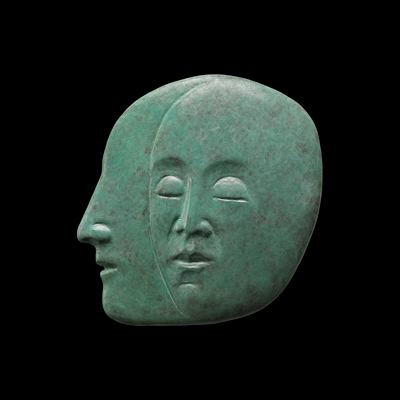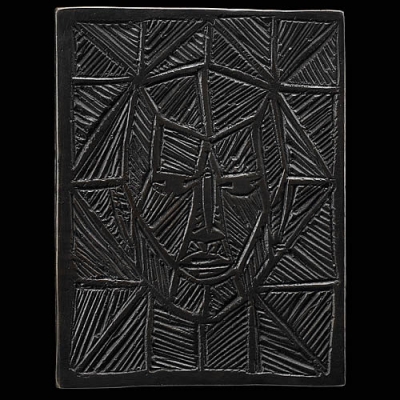Steven Gregory was born in Johannesburg, South Africa, in 1952. He studied at St Martin’s College of Art, London (1970-72), returning there to complete his BA (Hons) (1977-79). During the intervening years he was an apprentice stonemason to the company Rattee and Kett, working at Westminster Abbey and Hampton Court, and in 1975 and 1976 he obtained City and Guilds craft and advanced craft certificates in stone masonry. In 1977 he won the Worshipful Company of Masons prize. Gregory chose this course of action because of his desire to learn how to use tools. In the early 1970s art schools in Britain devoted much of their time to the exploration of concepts in preference to developing craftsmanship, which the artist found frustrating. Leicester Museum and Art Gallery purchased a sculpture from his BA exhibition at St Martin’s. Although stone carving has featured largely in Steven Gregory’s sculpture, he has also developed ideas in other media and currently works mainly in bronze. Gregory’s work maintains the figurative tradition in British sculpture with the vitality and wit of a satirist. Recent exhibitions include Thinking big – 21st century British sculpture and Concepts from sculpture at Goodwood at the Peggy Guggenheim Museum, Venice (September 2002 – January 2003), Sterling stuff: works in silver at the Royal Academy of Arts, London (June 2003), Sculpture in the Close, Jesus College, Cambridge (June-July 2003), and In retrospect, Gallery Pangolin (November 2003). Gregory’s Grid Reference 1952 was created especially for BAMS. The usual terms under which the society issues medals have been adjusted to accommodate this extraordinary and enigmatic piece. Available only in a special limited edition of twenty, it can be purchased only by BAMS members. The edition will be closed after eighteen months and the number of examples actually produced will then be declared (up to a maximum of twenty). The artist writes of the work: ‘My idea was to make an object that looked like an artefact from a past civilisation found on an archaeological dig -hence the title. The medal has on it symbols which could represent a language or cipher with the implied possibility of hidden knowledge and information. No translation currently available!’
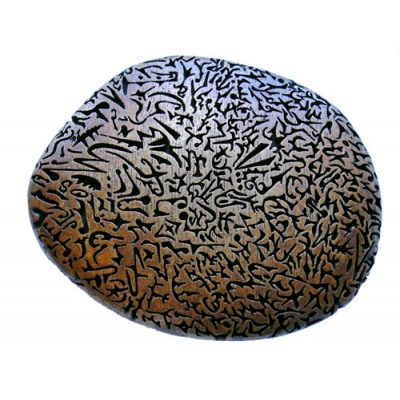
Grid Reference 1952
Grid Reference 1952
By: Steven Gregory, 2002
Medium: cast bronze
Size: 93 x 117mm
Cast by: Pangolin Editions
Edition: 22
